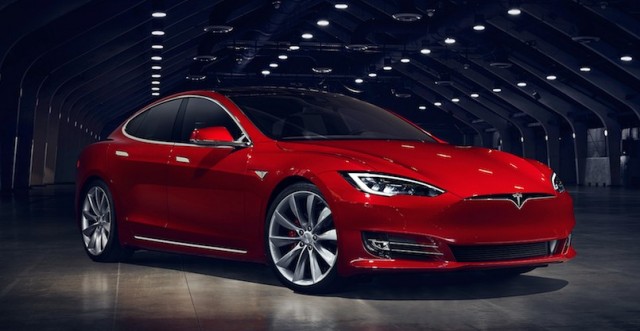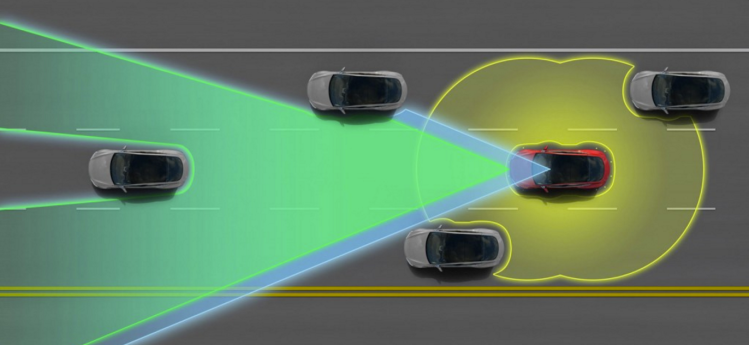In the wake of a May fatal crash in which a Model S operating on Autopilot collided with a semi trailer, Tesla Motors CEO Elon Musk has said he will not disable the system.
However, it appears the electric-car maker is working on modifications to the company’s Autopilot driver-assistance software.
Those changes will likely focus on Autopilot’s existing hardware, rather than adding components to the current mix of radar and cameras.
Last week, Musk tweeted about “working on using existing Tesla radar by itself (decoupled from camera)” along with “temporal smoothing” to achieve performance similar to Lidar.
The tweet dropped two possible hints about Musk’s plans for future iterations of Autopilot.
Lidar uses light waves to ascertain the distance between objects, much the way radar does with radio waves.

2016 Tesla Model S
It’s also considered essential by many companies that are developing autonomous cars, although Musk has a different opinion.
In a separate tweet, the Tesla CEO noted that Lidar is rendered ineffective by snow, fog, rain, or dust.
If Musk did want to add Lidar to Autopilot, cars would also have to be physically retrofitted with the sensors — which just a few years ago were as large as a rotating coffee can.
Musk also discussed decoupling Autopilot’s radar from its cameras, which might indicate how he plans to improve the system without adding Lidar.
In the fatal May 7 crash, the Model S collided with the side of a tractor trailer, passing underneath the trailer.
Tesla noted at the time that “neither Autopilot nor the driver noticed the white side of the tractor trailer against a brightly lit sky.”

2016 Tesla Model S
Just after the crash was made public, on June 30, Musk indicated in a tweet that greater reliance on radar might have allowed Autopilot to spot the trailer, according to The Mercury News.
That statement — which has since been removed from Twitter — said Autopilot typically “tunes out” overhead objects, like signs, that are detected by the radar, to prevent cars from braking for no reason, according to the paper.
While the Autopilot’s camera apparently failed to spot a crucial obstacle, Musk and his team suggest that perhaps the car’s radar could have seen the trailer if the system had been programmed to acknowledge it.
Despite its name, Autopilot in its current state is far closer to the bundles of driver aids offered by other carmakers than a fully autonomous system.
In his updated “Master Plan” for Tesla, Musk defended the system, saying it is already much safer than an unassisted human driver — when properly used.
This post first appeared on Green Car Reports.
VentureBeat's mission is to be a digital town square for technical decision-makers to gain knowledge about transformative enterprise technology and transact. Learn More

